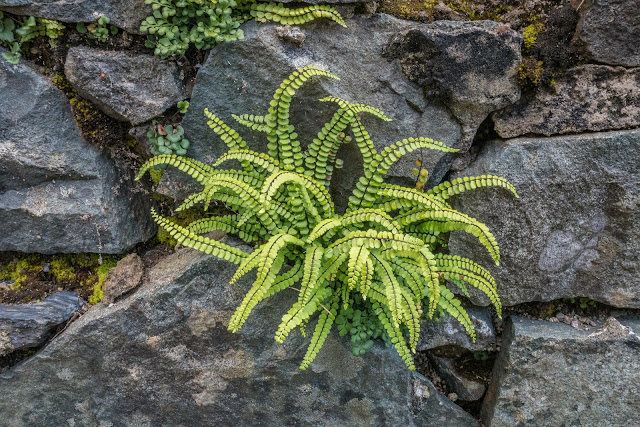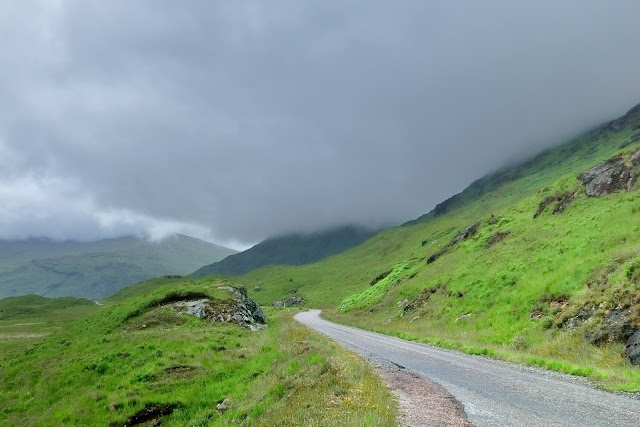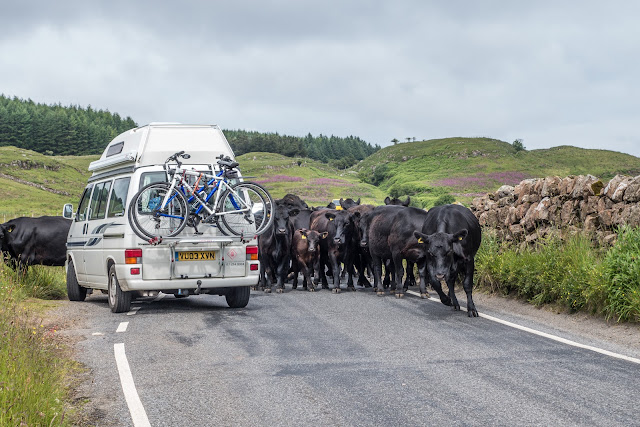Butterflies and Moths of 2014

Overall, 2014 was a good year for the number of different butterflies and moths we spotted and photographed. This is a good sample, but not all of them. I owe Rosey a huge debt when talking of these amazing insects, because are very much part of the world that fascinates her and she has infinite patience in identifying them. Thank you Rosey! Angle Shades (Phlogophora meticulosa) An unmistakable and distinctive moth with pinkish-brown markings. The wings are folded along the body at rest which gives the impression of a withered autumn leaf. The adults are attracted to light and feed on flowers of Common Reed and other grasses and are frequently seen during the day, resting in the open, on walls, fences or vegetation. They overwinter as larvae so the caterpillars can be seen all year round, feeding in mild weather. They usually pupate in a cocoon just under the soil. Small Argent & Sable (Epirrhoe tristata) Although the markings can be variable, t...


